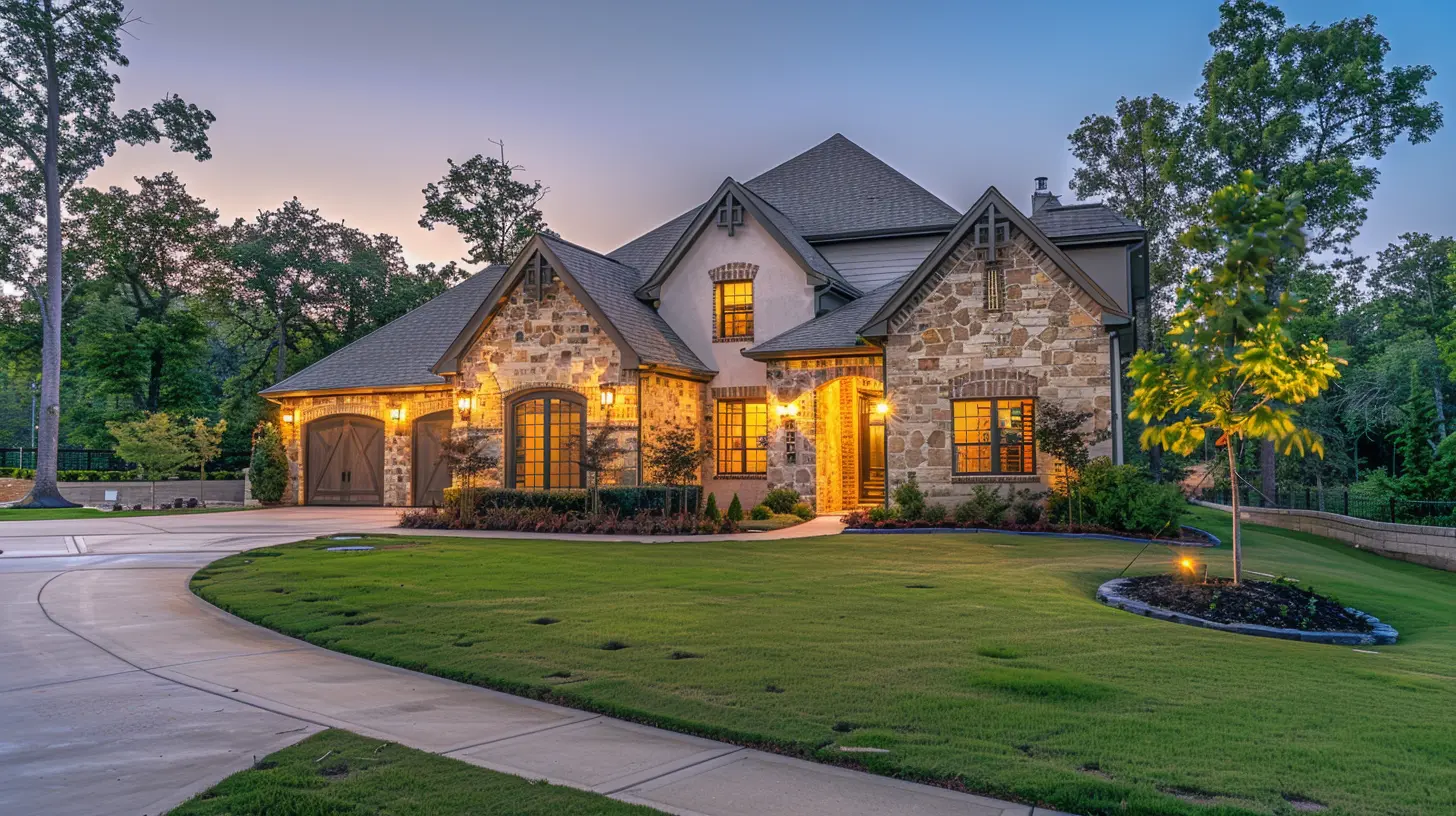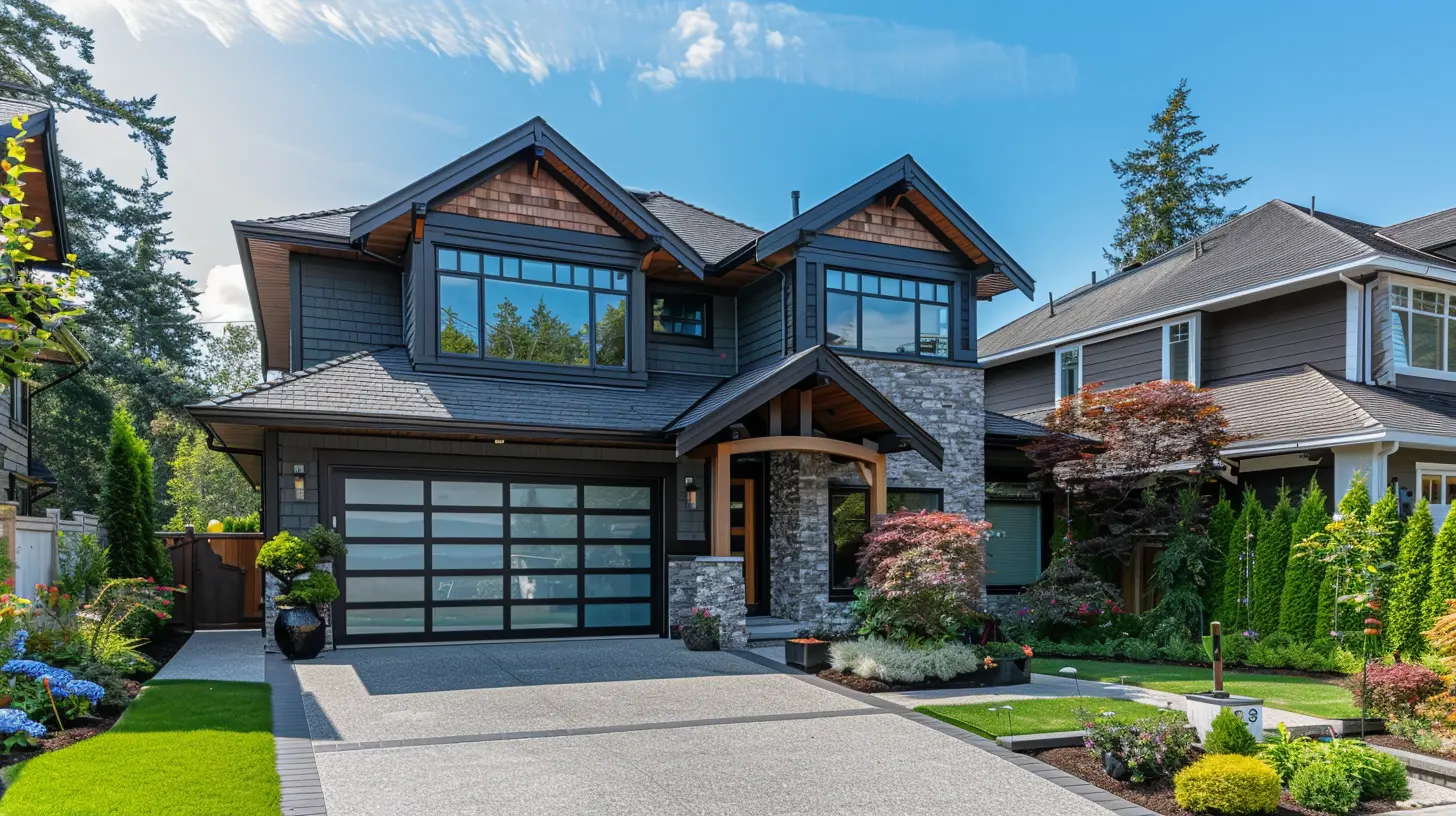How to Leverage an 80/20 Loan When Buying a Home
31 October 2025
Buying a home is a huge financial commitment, and for many, the biggest hurdle is coming up with the hefty down payment. But what if there was a way to dodge that 20% down payment requirement and still avoid private mortgage insurance (PMI)? That’s where the 80/20 loan comes into play.
This financing method was especially popular before the 2008 housing crash, and while it’s less common now, it’s still available in certain situations. If you're wondering how to leverage an 80/20 loan to buy a home, this guide will break it down step by step. 
What Is an 80/20 Loan?
An 80/20 loan, also known as a piggyback loan, is a combination of two loans that work together to cover 100% of a home’s purchase price. Here’s how it works:- The first mortgage covers 80% of the home’s value.
- The second mortgage covers the remaining 20%.
The goal of this structure is to eliminate the need for a down payment and avoid PMI, which is typically required on conventional loans with less than 20% down.
Sounds like a great deal, right? While it has its benefits, an 80/20 loan also comes with some risks that you should be aware of before signing the dotted line. 
How Does an 80/20 Loan Work?
Let’s say you’re purchasing a home for $300,000. Instead of making a $60,000 down payment (which is 20% of the price), you take out two loans:- The first mortgage: $240,000 (80%)
- The second mortgage: $60,000 (20%)
This setup allows you to finance the entire purchase without a down payment. But here’s where things get interesting—since the second loan is typically a home equity loan or a home equity line of credit (HELOC), it often comes with a higher interest rate than the first mortgage.
While avoiding PMI is a major perk, you still need to consider the overall cost of both loans combined. 
Pros of an 80/20 Loan
Before you jump on board, let’s talk about the advantages of using an 80/20 loan:1. No Down Payment Required
One of the biggest challenges for homebuyers is saving for a down payment. With an 80/20 loan, you can secure a home without putting any money down, which makes homeownership more accessible.2. No Private Mortgage Insurance (PMI)
With traditional loans, if you put down less than 20%, you’re required to pay PMI, which can add hundreds of dollars to your monthly payment. Since the 80/20 structure fully covers the home’s value, you avoid PMI altogether.3. Greater Cash Flexibility
Instead of tying up your savings in a large down payment, you can keep that money for emergencies, renovations, or investments. This is especially helpful for first-time homebuyers who need financial breathing room.4. Potential Tax Benefits
Mortgage interest is tax-deductible in many cases, and because both loans are considered mortgages, you might be able to deduct the interest on both—though tax laws can change, so always check with a tax professional.
Cons of an 80/20 Loan
Every silver lining has its cloud, and 80/20 loans are no exception. Here’s what you need to watch out for:1. Higher Interest on the Second Loan
The second loan (the "20" in 80/20) typically comes with a higher interest rate because it’s riskier for lenders. Over time, this can add up, making your total repayment more expensive than a single mortgage with PMI.2. Stricter Qualification Requirements
Since lenders take on more risk with an 80/20 loan, they often require a higher credit score and a solid debt-to-income (DTI) ratio. If you have credit issues or a high DTI, qualifying may be tricky.3. Two Monthly Payments
Unlike a traditional mortgage, where you pay only one lender, an 80/20 loan means two separate monthly payments. Managing two due dates can be stressful, and missing payments on either loan could damage your credit score.4. Limited Availability
While 80/20 loans were common before the 2008 housing crash, they’re not as widely available today. You may need to shop around to find a lender willing to offer this option.When Does an 80/20 Loan Make Sense?
Now that you know the pros and cons, the big question is: Should you use an 80/20 loan to buy a home?Here are a few situations where it might make sense:
✅ You Have Good Credit but Lack a Large Down Payment
If your credit score is strong but you don’t have enough saved for a down payment, an 80/20 loan might be a good fit.✅ You Want to Avoid PMI Without Draining Your Savings
Paying PMI can feel like throwing money away. If you’d rather keep your cash for home repairs, investments, or other financial goals, this loan structure might be worth considering.✅ You Expect to Pay Off the Second Loan Quickly
If you anticipate earning more in the near future (through raises, bonuses, or other income sources), you could use an 80/20 loan to buy your home now and pay off the second loan aggressively to reduce interest costs.Alternatives to an 80/20 Loan
While an 80/20 loan can be a helpful tool, it’s not the only way to buy a home with little or no down payment. Here are a few alternatives worth considering:🔹 FHA Loans (3.5% Down Payment)
The Federal Housing Administration (FHA) loan allows buyers to put down as little as 3.5% with a credit score of at least 580. However, FHA loans require mortgage insurance premiums (MIP), which adds to the cost.🔹 VA Loans (0% Down for Eligible Veterans)
If you’re a qualifying veteran, active service member, or military spouse, VA loans offer zero down payment options along with competitive interest rates—without PMI.🔹 USDA Loans (0% Down in Rural Areas)
For those looking to buy in designated rural or suburban areas, USDA loans provide 100% financing with low mortgage insurance costs.🔹 Conventional 97 Loan (3% Down Payment)
Some lenders offer Conventional 97 loans, which allow first-time homebuyers to put down just 3%. While PMI is required, this might still be cheaper than taking out a second mortgage.The Bottom Line
An 80/20 loan can be a game-changer for homebuyers who want to avoid PMI and skip the down payment hurdle. But, like any financial decision, it comes with risks—higher interest on the second loan, stricter lending criteria, and the challenge of managing two monthly payments.If you’re considering this route, weigh your options carefully. Compare interest rates, assess your long-term financial stability, and explore alternative loan programs. Ultimately, the best mortgage strategy is the one that aligns with your financial goals and keeps your homeownership journey smooth and stress-free.
Would you take the plunge with an 80/20 loan? Let us know your thoughts in the comments!
all images in this post were generated using AI tools
Category:
Real Estate FinancingAuthor:

Vincent Clayton
Discussion
rate this article
1 comments
Sablethorn McClary
Great insights! An 80/20 loan can significantly reduce your down payment while avoiding private mortgage insurance—very strategic for buyers!
October 31, 2025 at 5:01 AM

Vincent Clayton
Thank you! I'm glad you found the insights helpful. An 80/20 loan can indeed be a strategic way to minimize upfront costs and navigate mortgage insurance.


